Our second day of diving is located on the archipelago of the Poor Knight Islands that Jacques-Yves Cousteau made it popular ranking the spot as one of the 10 best dives in the world.
We have an appointment at 9am in the peaceful pier of Tutukaka. We get the diving equipment before settling on board of the boat. After a short safety briefing, we heave the anchor. The sea is calm while the outline of the islands loom in the distance. En route, we suddenly change the course to chase a group of pilot whales. Sort of big bulby-headed dolphins. For a short time, we forget the scuba diving and our eyes look for the dark spots on the water surface.
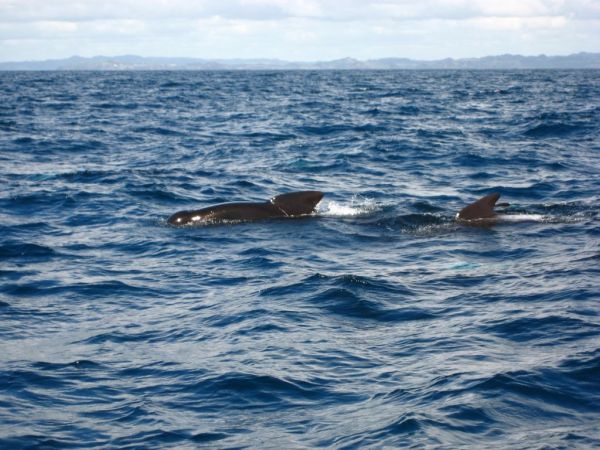
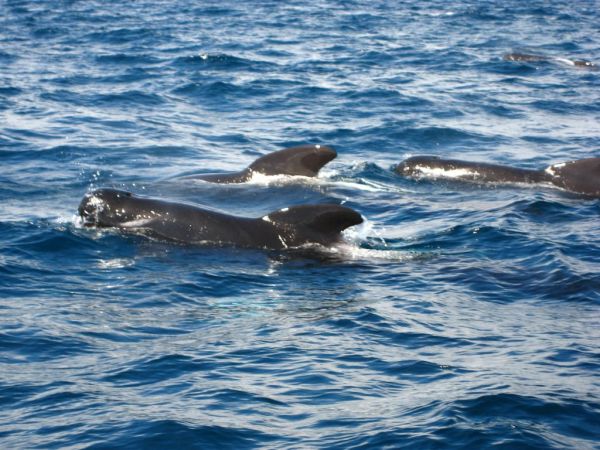

We leave the company of the cetaceans to head for the islands of the archipelago. A large opening in the rock overlooks us and it's under this arch we 'll pass diving. We quickly put on the equipment, mask installed and regulator in the mouth, we jump into the ocean. A trickle of cold water flows alongside my spine as we sink to the bottom of the sea. We enter in a long corridor where the giant seaweeds dance in the current. A soft light illuminates the colossal gully we swim in. A kind of triomphant aisle reserved for the submarine world. Despite the imposing size of the way, our looks linger on the small animals which live among the seaweeds. The mulitcoloured nudibranches (sea slugs) give eerie shades to the rocks. Tiny invertebrates which let us forget all the rest.
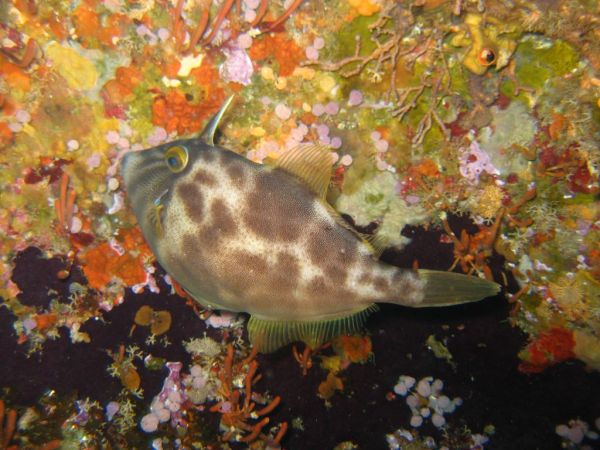
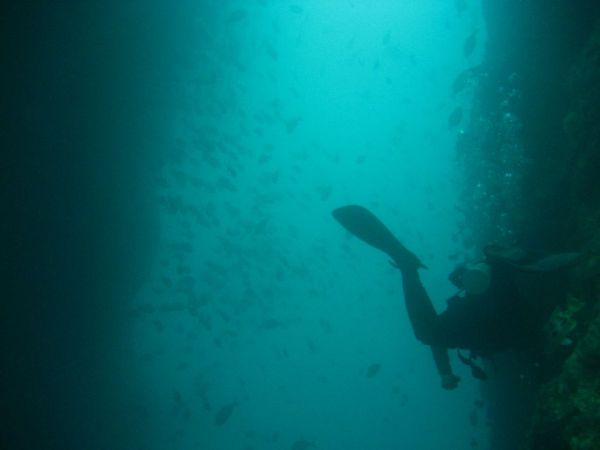

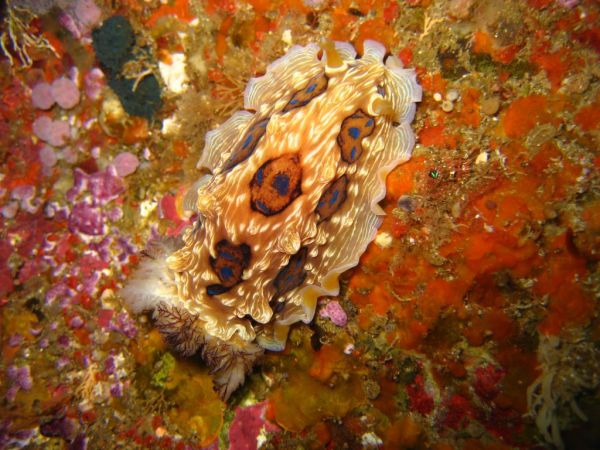
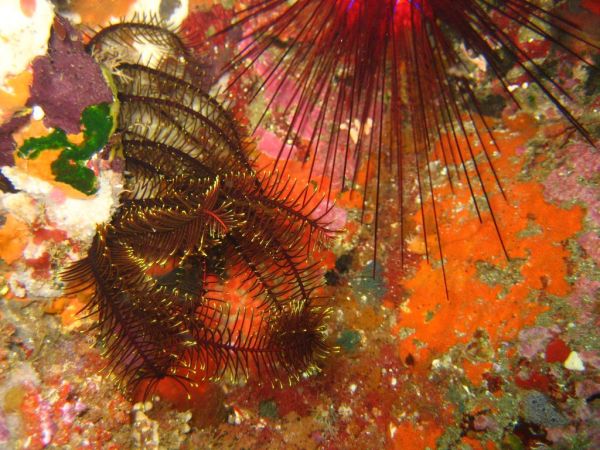
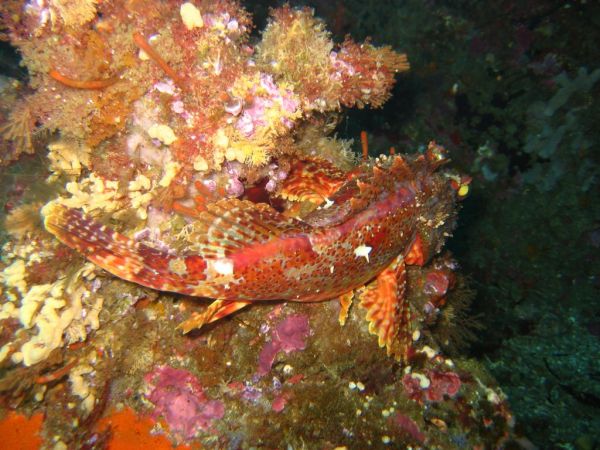
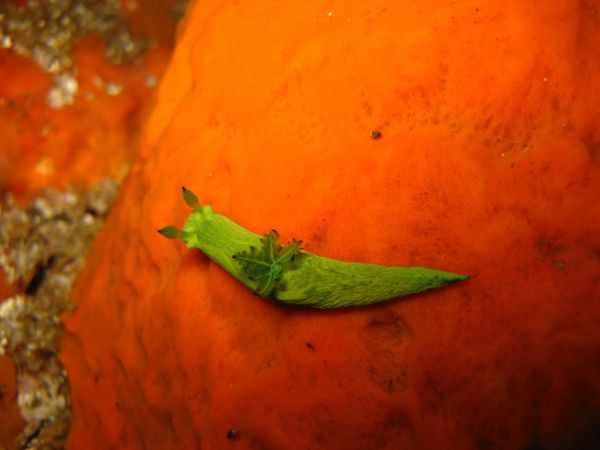
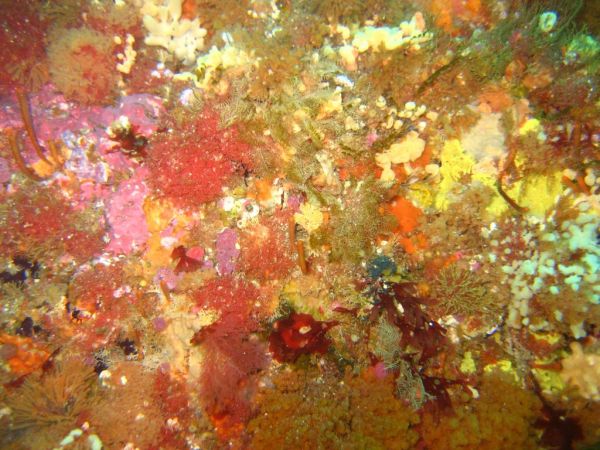
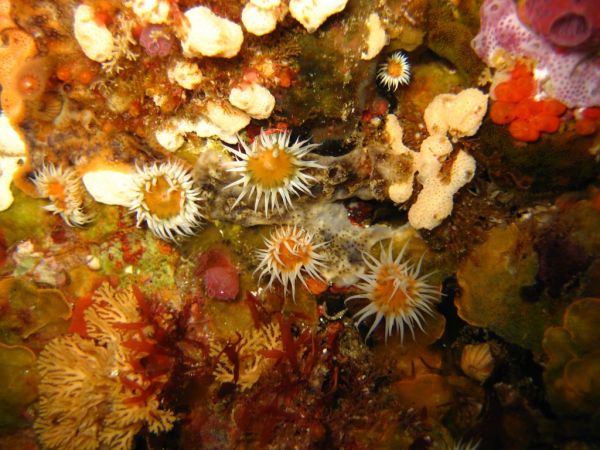
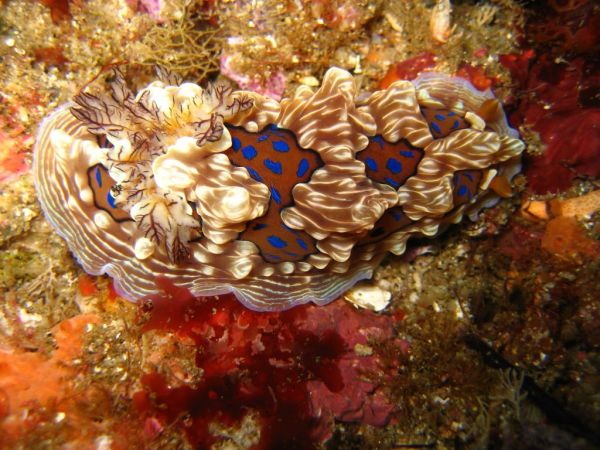
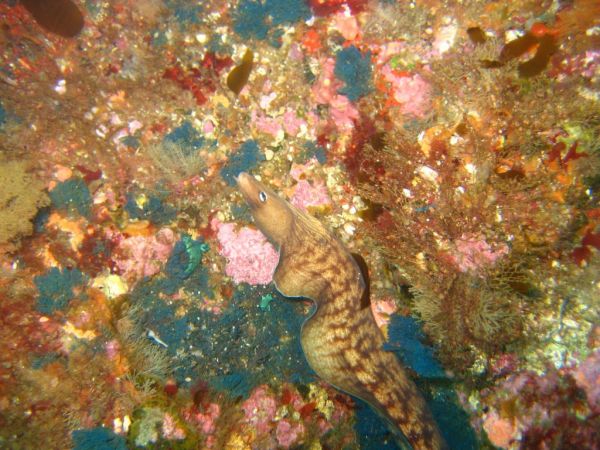

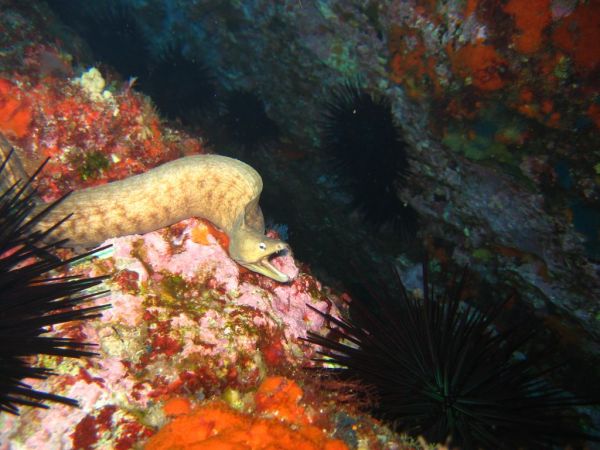
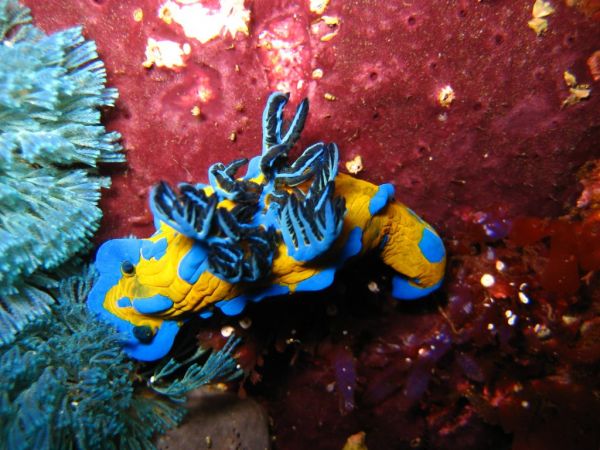
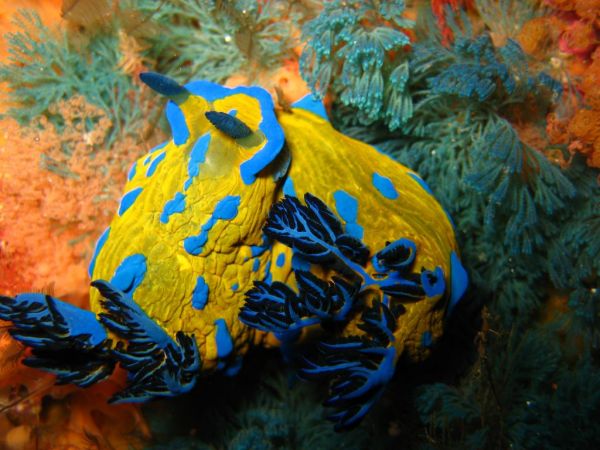
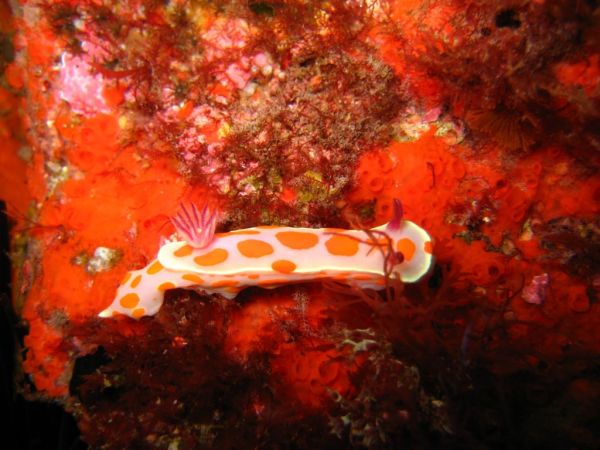
The second dive completes our visual set of fish, nudibranches and submarine flora. A second dose of nitrogen in the outstanding sea bed of this archipelago.
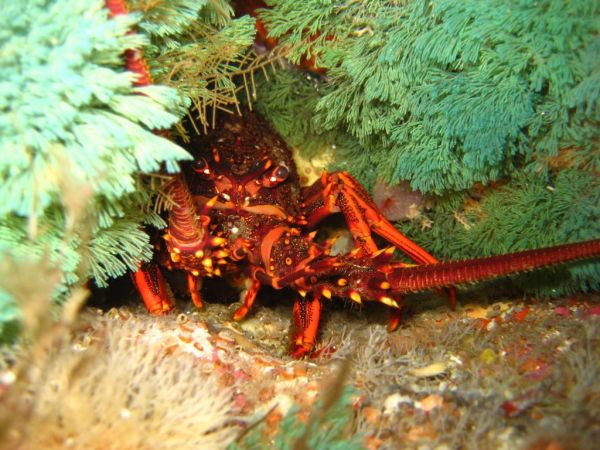
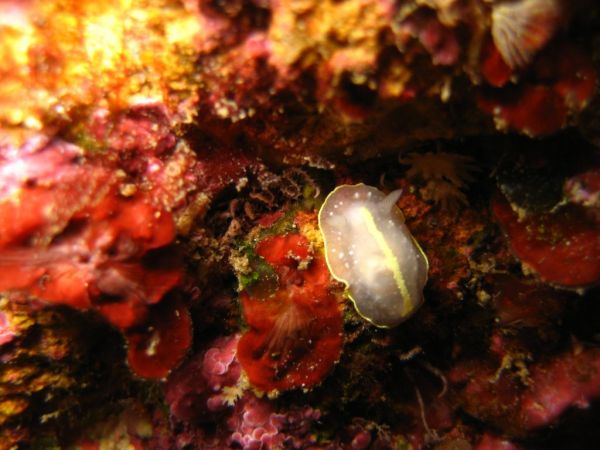

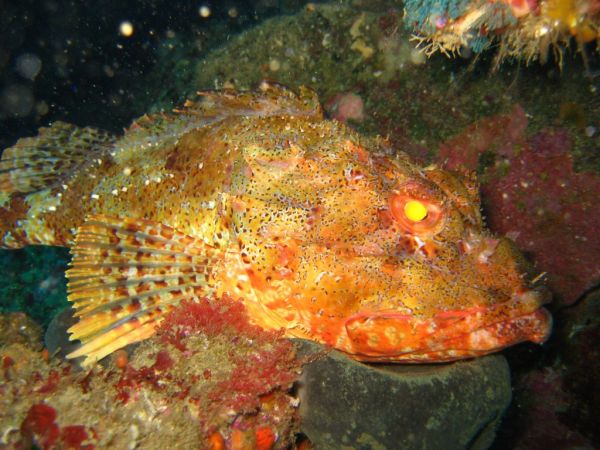
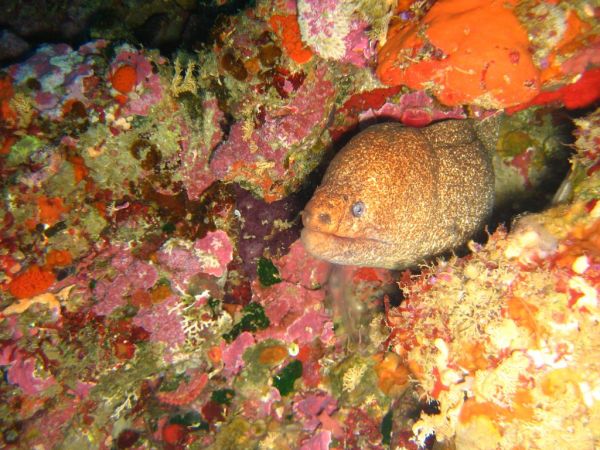
Keyword - animal kingdom -
Friday 30 November 2007
The nudibranches of Poor Knight Islands
By dorian on Friday 30 November 2007, 20:07 - RTW-New Zealand
Sunday 18 November 2007
Penguins and seals on the East coast
By dorian on Sunday 18 November 2007, 02:33 - RTW-New Zealand
We start our way northwards of the South island. A first leap leads us at Dunedin which, more than its train station, has a peculiar street : Baldwin street. This street is listed nor in the World Heritage list but in the Guiness book as "the steepest street in the world". It's better to have good tyres or a healthy heart as you decide to climb it by car or on foot.




Our long day within the car will be interrupted by these coastal landscapes where earth and sea meet under the astounded motorists' eyes. This scenery is definitely more relaxing than a tasteless motorway rest area.







Pinnacle Rock offers a batch of strangenesses with its ball-like round stones. Rocks we can climb to take an eccentric photo such as the Rhodes colossus.




The end of the road ends in Oamaru tonight. Something unexpected in our program. And it's often these unplanned moments which leave the best traces in the memories. Penguins cross the ochre-sanded beach and go to fish. One or two hours later, they bring back some fresh food to their offsprings who were waiting, hidden in the bushes. A little bit further, some seals discontently roar as we arrive. They wriggle to go further and reach their element : the water.




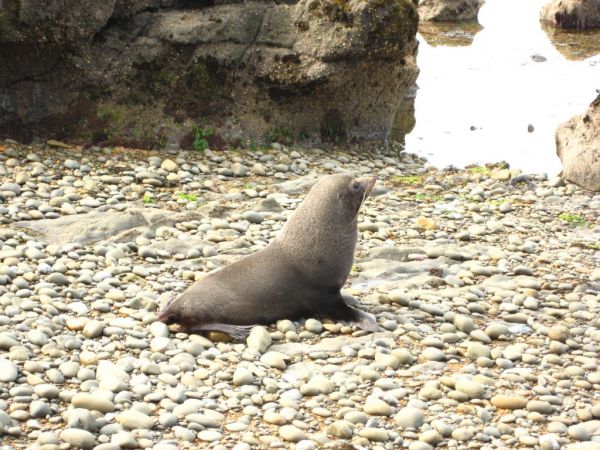






At dusk, to complete the delights of the animal kingdom, we are witnesses to the return of the blue penguins. By groups, they shake themselves and waddle to their nest. There will be more than 200. And the "beware penguins crossing" roadsign is not here to entertain the tourists. One of them does a great honour by crossing the road in front of us.
Thursday 8 November 2007
The forgotten beaches of Abel Tasman park
By dorian on Thursday 8 November 2007, 19:10 - RTW-New Zealand
A fun way of moving was developped at the entrance of the Abel Tasman national park. In order to reach different areas in the park, there are the aqua-taxis. We hop on one of them, the drive changes into a tractor's user for some minutes et leads us to the water access. He unties the boat and meet us again on board.
The journey is punctuated with explanations on the park and its animals. Dolphins and blue penguins swim around the boat while seals lounge about on wet rocks. How could it be better to start ? Our looks run along the numerous deserted beaches which dot the coast and promise some great hours of walk.
2 hours by boat and here we are at Totaranui where we load our bags and begin the trek. The path is perfectly marked-out and offers incredible vistas on these ochre-sanded beaches swept by an endemic-blue sea.


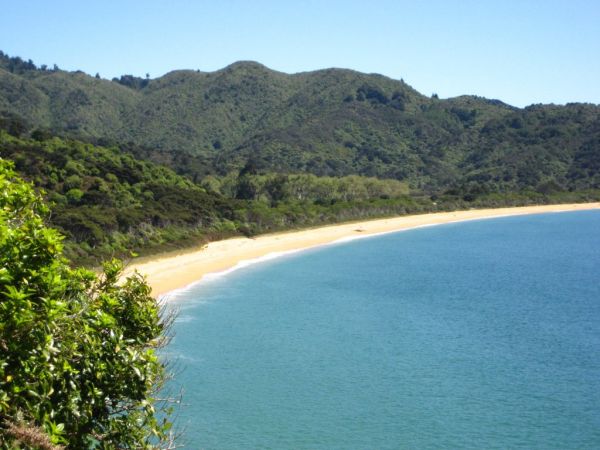















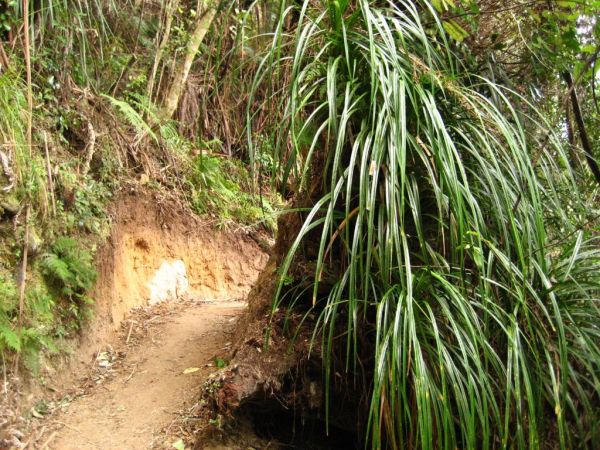


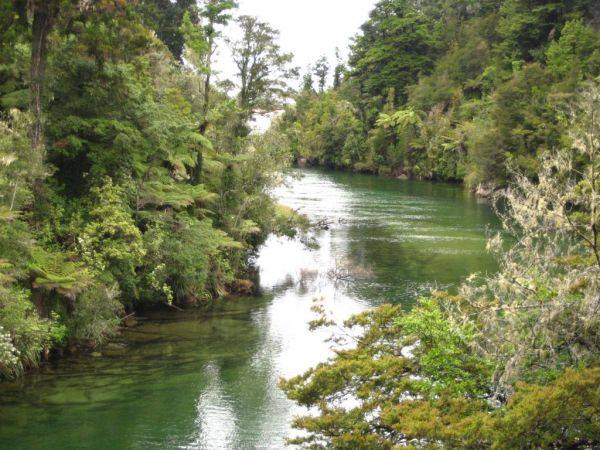











We leave the path to walk on a beach before dipping again into the maze of the welcoming nature. The scrubby ferns overlook us while the crescent-shaped beaches wander within the depths of the coastal path. A lot of visitors prefered the kayak as a way of discovery. As for us, we must wait for the low tide to carry on our trip. Everyone takes off his shoes, and carrying them in the hand, we cross this bit of wet sand the ocean offers us for a few hours before taking back possession of its land. The path isn't difficult, however we take a large number of breaks - mainly when the path fades into a pristine, beautiful beach.
We put up the tent in a reserved campsite. The tide begins to rise and changes our resting area into an isolated peninsula that only a few birds and the faraway waves surround with a soft melody.
The next day in the morning, the rucksacks packed up, we start again rubbing our soles into these idyllic scenery. The time slides and the pictures impregnate our mind. A genuine kindness. Maybe, we'll never come back here and we enjoy these moments as if they were unique. And, if we had to live them again, we'd tell us the same things but this time we'd swap our shoes for a pair of paddles and a kayak.









« previous entries - page 6 of 7 - next entries »




